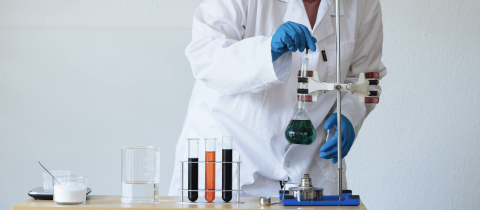The path upon which food travels, beginning with ingestion and ending with excretion, is complex and highly organized. While the body is controlled by the central and autonomic nervous systems, the gastrointestinal tract is unique as it possesses its own network of nerves: the enteric nervous system. Although the enteric system functions independently, many of the processes are highly regulated by the central and autonomic systems. Working together, these systems control our digestion abilities.
Swallowing initiates the first stage of digestion, which occurs both voluntarily and involuntarily. The food continues to the pharynx, then down through the esophagus, until it reaches the stomach. Until this point, the major processes involve transporting the food down the tract, however, once in the stomach we begin to observe significant breakdown initiated by hydrochloric acid and various enzymes. It should be noted, however, that the enzymes present in the saliva cause some minimal, initial breakdown in the mouth.
Although breakdown occurs in the stomach, the most important contributor to the digestion process is the small intestine -- the next step in the pathway. There are many accessory organs assisting the breakdown of food, including the salivary glands, liver and pancreas. It is the small intestine that receives the secretions of the liver and pancreas. The substances released by the liver are important in fat digestion and the pancreas secretes a variety of enzymes working to further breakdown food substances.
The purpose of digestion is to effectively absorb food components. It is therefore essential to ensure that the substances be appropriate in form. This is accomplished through secretions at various points in the pathway readying the components for absorption by specific cells that line the small intestine are instrumental in this absorption process. While all digestion has taken place by the time substances have reached the large intestine, some absorption of water and ions may still occur at this stage.
The primary function of the large intestine is storage and concentration of the remaining material prior to its excretion. The remaining substances reach the rectum where they can be discharged. The texture of the feces depends on the time it remains in the colon. The longer it stays, the more water will have been absorbed, thus resulting in harder feces. On the other hand, a lack of water absorption in this region results in feces liquidity. Excretion occurs through both voluntary and involuntary actions, involving both the internal and external anal sphincters. Finally, the feces exit the rectum via the anus.
It is evident that digestion ensures that the body receives the essential components found in food through sophisticated and highly regulated processes.







